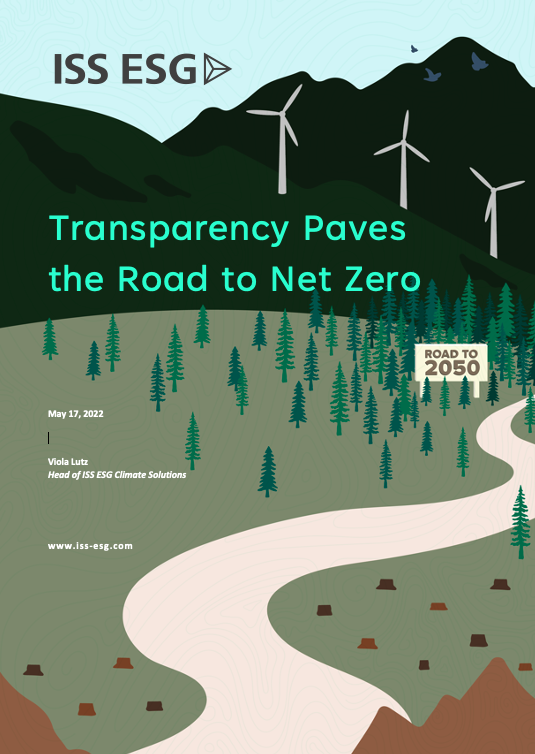
Transparency Paves the Road to Net Zero
MAY 17, 2022
- Transparency is the foundation of a successful Net Zero transition. Given heightened concerns about what has been described as ”the climate emergency,” transparency about where actors stand on climate issues is crucial. Companies and financial institutions alike need to disclose medium-term action so it can be scrutinised, allowing for the identification of gaps that need to be tackled.
- Standards setters and regulators are driving transparency, from the Task Force on Climate-related Financial Disclosures (TCFD) to the US Securities and Exchange Commission (SEC) and the International Sustainability Standards Board (ISSB). The development of a comprehensive global baseline of sustainability disclosures could significantly promote transparency further.
- Active ownership via engagement and voting, together with litigation by shareholders and other stakeholders, are increasingly motivating enhanced disclosure. Shareholder proposals requesting disclosure of emissions reductions goals remained one of the top climate-related proposals in 2021.
- The market needs to become more transparent: 71% of companies in the STOXX USA 500 and 73% within the STOXX Europe 600 are disclosing all material Scope 1, 2 and 3 emissions and 23% (STOXX USA 500) and 47% (STOXX Europe 600), respectively, have an emission reduction target approved by the Science Based Targets initiative (SBTi). Larger companies are driving overall transparency performance, but there is pressure for the rest of the market to step up.
- Financial institutions are increasingly expected to report transparently on their climate change-related governance practices. This could involve climate competency within boards, explicit structures for climate oversight, and clear responsibilities for climate strategy and risk management, along with prioritising real economic impact over ‘virtual’ emission reductions.



